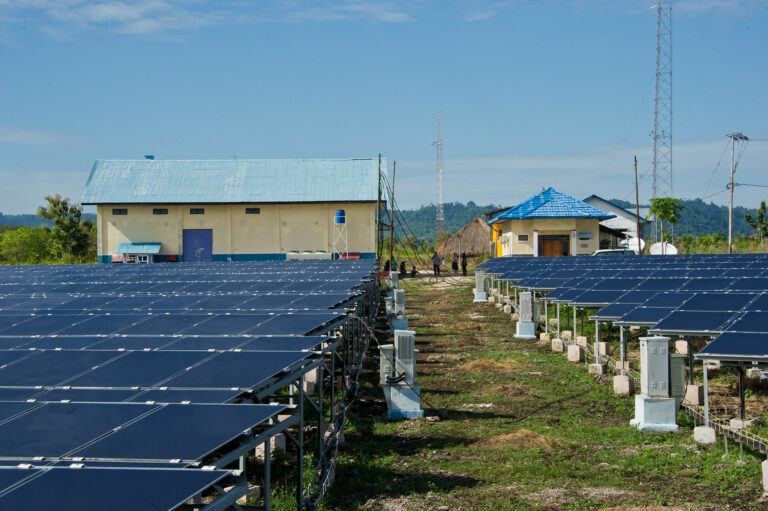Mobilising global debt markets for a just transition

Download
This report marks the start of a new project between the Grantham Research Institute and Climate Bonds Initiative to support the mobilisation of the labelled debt market for the just transition.
The societal transformations required to build sustainable and resilient low-carbon economies need to be fair and inclusive. To deliver this ‘just transition’, significant investment needs to be mobilised. Global debt markets could be a vital source of this finance, and in particular green, social, sustainable and sustainability-linked (GSS+) bonds. However, there is a lack of clarity on just transition elements in bond frameworks, and an absence of tools to assess how those elements align with broader just transition financing needs.
This report looks at the necessity for the transition to take social justice into account and provides an overview of existing frameworks for organisations’ transition plans and for bonds. It considers how GSS+ bonds could be used to finance a just transition, setting out a methodology to identify existing GSS+ bond issuances that carry elements that relate to a just transition in the energy sector.
Key messages
- The bond market is an important source of capital for investment in the low-carbon transition, and the market has made the first moves to reflect the just transition objective in its guidance and bond issuance.
- The GSS+ bond markets have grown in recent years, with cumulative issuance reaching US$4.2 trillion, around 4% of the global bond market, as of June 2023.
- An advantage of using the bond market for financing a just transition is that a wider range of stakeholders can issue bonds compared with those that can issue equity. These include local and national governments, development banks, supranational institutions, educational and health authorities, non-profit organisations, and special purpose vehicles for infrastructure development.
- Emerging economies in particular could use just transition issuance bonds to make progress on decarbonisation and achieving positive social outcomes.
- Using a new methodology that identifies GSS+ bonds in the Climate Bonds Initiative Social and Sustainable Bond Database, the report finds that volumes of sustainability bonds that relate to a just transition in the energy sector (the ‘just energy transition’) stand at $548 billion, representing 13% of the wider GSS+ market as of July 2023.
- Development banks are responsible for the largest share of just energy transition-related bond issuances (48%), followed by the private sector, comprising 17% by financial corporate issuers and 10% by non-financial corporates. Excluding supranational institutions, most of the analysed bonds originated from the Asia-Pacific region.
- Labelled bond issuance can have a strong signalling effect to the market around what issues are important to a sovereign, business or financial institution – including a just transition.
- A potential barrier to the issuance of just energy transition-related bonds is the lack of a clear label for such bonds. To address this, GSS+ issuances could include a label to indicate alignment with the just transition, or bond issuances could be made under existing labels (‘green’, ‘sustainable’) to avoid market fragmentation.
- Referencing relevant Sustainable Development Goals in stated use-of-proceeds categories can also be of benefit, helping investors with their reporting commitments.

